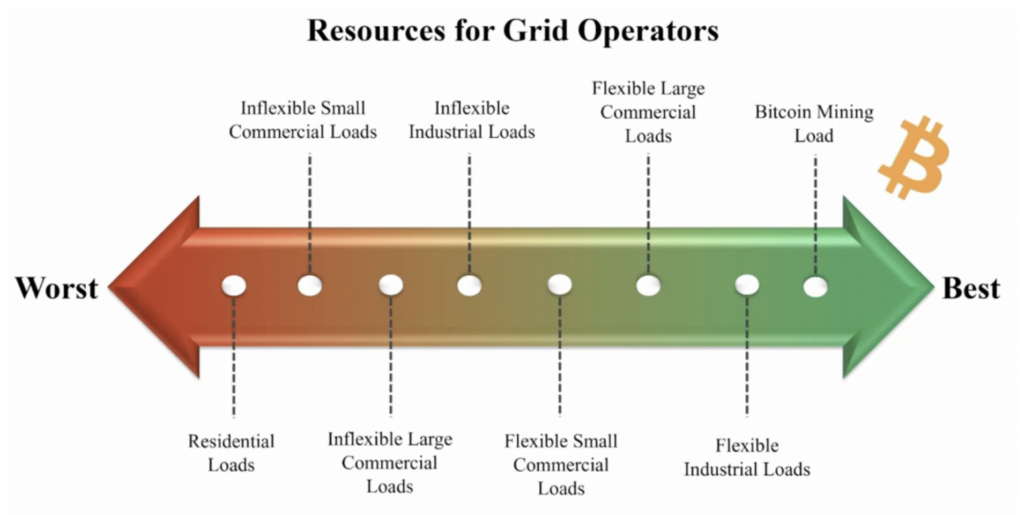Saul Griffith argues that achieving a renewable energy transition will require more energy in the short term. He emphasizes the need for a substantial increase in energy production to support the electrification of various sectors and the deployment of renewable technologies.
In his book “Electrify,” Griffith discusses the concept that transitioning to renewable energy sources like solar and wind, along with electrifying transportation and heating, necessitates a significant increase in both energy infrastructure and energy consumption.
Saul Griffith’s views on the need for increased energy consumption during the renewable transition align with broader trends in the environmental movement. Evidence supporting this consensus includes:
- International Renewable Energy Agency (IRENA) highlighted the need for larger energy consumption to support renewable supply.
- Bloomberg New Energy Finance (BNEF) – BNEF is a research organization studying trends in the energy sector. They have reported that increased demand for energy can help drive investment in renewable technologies.
- Electrification Advocacy: Many environmental advocates have emphasized that electrifying transportation and industrial processes is essential for decarbonization. Daniel Kammen of UC Berkley for example has stated that this transition typically requires more energy generation, especially as renewables become a larger part of the grid.
- Research Papers: Studies published in journals such as Nature and Environmental Science & Technology discuss the implications of transitioning to renewable energy and often support the idea that initial increases in energy use are necessary to achieve long-term sustainability goals.
- Policy Frameworks: Policies like the Green New Deal in the U.S. promote a significant ramp-up in clean energy production, suggesting a consensus on the need for more energy during the transition phase.
Overall, while there are varied opinions within the environmental movement, the recognition that transitioning to a renewable energy future may require more energy input in the short term is a common theme in many discussions and research findings.
However, the type of consumption of electricity is important.
There is also significant evidence within the environmental movement acknowledging that flexible energy consumption can enhance the integration of variable renewable energy sources (VRES) like wind and solar into the grid. For example:
- Smart Grid Initiatives: Organizations such as the U.S. Department of Energy (DOE) promote smart grid technologies that allow for demand response and energy storage solutions, emphasizing that flexible consumption can balance supply and demand, making it easier to incorporate more renewables.
- Demand Response Programs: Many utilities and energy companies are implementing demand response programs, which incentivize consumers to reduce or shift their energy use during peak periods. This approach is frequently cited in reports by the International Renewable Energy Agency (IRENA) and the Rocky Mountain Institute as crucial for managing the variability of renewables. IEA estimates that we will need 10x more demand response by 2030 to meet Net Zero Emission Targets
- Academic Research: Studies in journals like Energy Policy and Renewable and Sustainable Energy Reviews explore the role of flexible demand in facilitating higher penetrations of VRES. Research indicates that active consumer participation can help stabilize the grid and reduce the need for fossil fuel backup.
- Policy Frameworks: Many climate action plans, including those from organizations like Greenpeace and the World Wildlife Fund (WWF), stress the importance of flexible energy systems. They advocate for policies that encourage energy efficiency, demand-side management, and consumer engagement to support renewable energy integration.
- Case Studies: Examples from countries like Denmark and Germany, which have successfully integrated high levels of renewables, show how flexible consumption strategies, such as time-of-use pricing and battery storage, have enabled greater renewable deployment.
Overall, the environmental movement recognizes that empowering consumers to be more flexible with their energy use is key to maximizing the potential of variable renewables on the grid.
The gap in their knowledge is that they are not yet aware that Bitcoin mining is objectively the most modular, location-flexible, time-of-day-flexible consumer of electricity that has ever been created.

